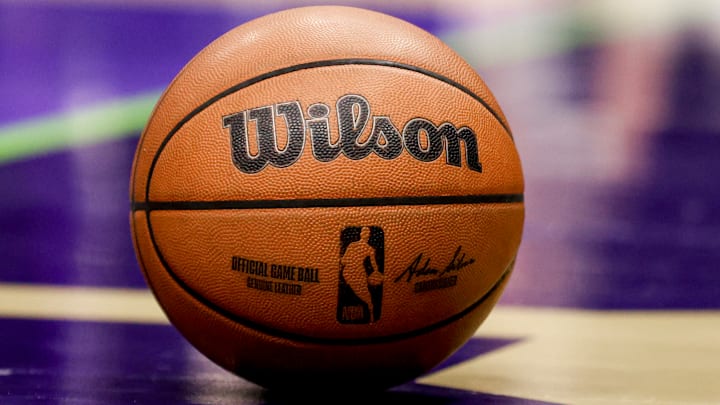The 2025 NBA trade deadline is in the rearview, meaning the opportunity to make significant roster changes has passed. However, that doesn't mean teams are done making moves.
Multiple factors can lead to a player hitting the buyout market. Veteran members of cellar-dwelling clubs and in the final year of their respective contracts are prime candidates. They could be released due to a lack of playing time or winning (or both). Some might even be willing to eat a portion of their salary if it means facilitating the move. Conversely, teams can take matters into their own hands by cutting a vet loose to create space and minutes for a younger player.
With that in mind, several impactful contributors might not finish the campaign with their current organizations. We've already seen multiple players get bought out or released and latch onto new teams since the trade deadline came and went. Nonetheless, the Association's new tax apron era undoubtedly complicates matters for all parties involved and has changed the complexion of the buyout market.
Subscribe to The Whiteboard, FanSided’s daily email newsletter on everything basketball. If you like The Whiteboard, share it with a friend! If you don’t like it, share it with an enemy!
How the NBA’s tax aprons could affect the buyout market this season
Exceeding the first and second aprons yields penalties and restrictions. The revised salary cap system strives to even the competitive playing field for smaller-market franchises. Subsequently, the set of monetary thresholds derived from the league's 2023 Collective Bargaining Agreement (CBA) has reshaped the buyout market, limiting teams' and players' options.
Teams above the first or second apron can't sign a free agent on the buyout market if his pre-existing salary is at least $12.8 million. Why that number, you may ask? Because it's (roughly) this season's non-taxpayer mid-level exception.
Notably, this applies to buyouts and the standard waiver process. So, even if a player cedes salary to get released, he’s ineligible to latch onto an apron team if his previous price tag eclipsed $12.8 million. We saw this situation unfold recently with ex-Brooklyn Nets forward Ben Simmons. His $40-plus million annual value eliminated seven squads that fit the mentioned financial criteria before he signed with the Los Angeles Clippers.
Here are the post deadline first/second apron teams:
— Bobby Marks (@BobbyMarks42) February 6, 2025
Boston
Denver
LA Lakers
Milwaukee
Minnesota
New York
Phoenix
The 7 teams are not allowed to sign a player that is waived and had a pre-existing salary of $12.8M+.
That list of teams is up to date, but it's subject to change as rosters and salaries oscillate. We've seen front offices try to dig their way out of the dreaded aprons or avoid the luxury tax to preserve roster flexibility. But with the trade deadline officially being a thing of the past, that becomes much harder to do in-season.
Yet, as we enter the stretch run of the 2024-25 regular season, there are still teams with one (or even) multiple roster spots available. They must fill those positions to meet the league's minimum 14-man requirement, so expect to see some transactions. Fortunately, that's where the buyout market could help.
A player on an NBA contract must be waived by Mar. 1 to maintain playoff eligibility. Considering the buyout market is tailored to organizations with championship aspirations, that date is especially critical and noteworthy.
Meanwhile, approximately a quarter of the league has fiscal constraints preventing them from targeting specific depth pieces. While there are lower-cost veterans available who can benefit from a change of scenery and revamped reserve role, the aprons have altered the buyout landscape.
